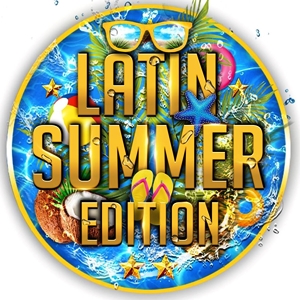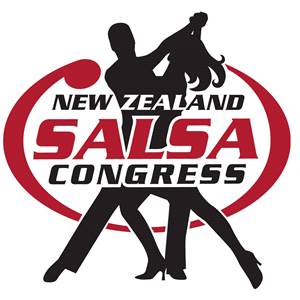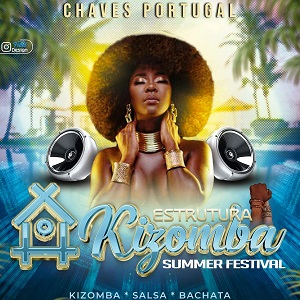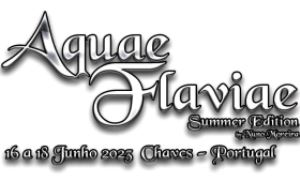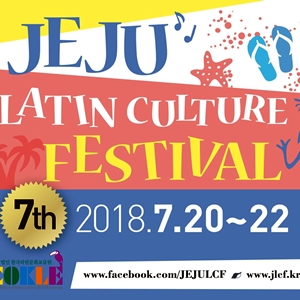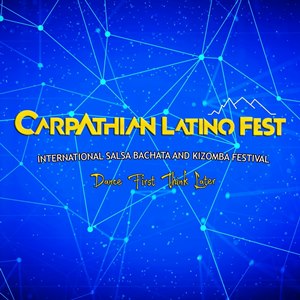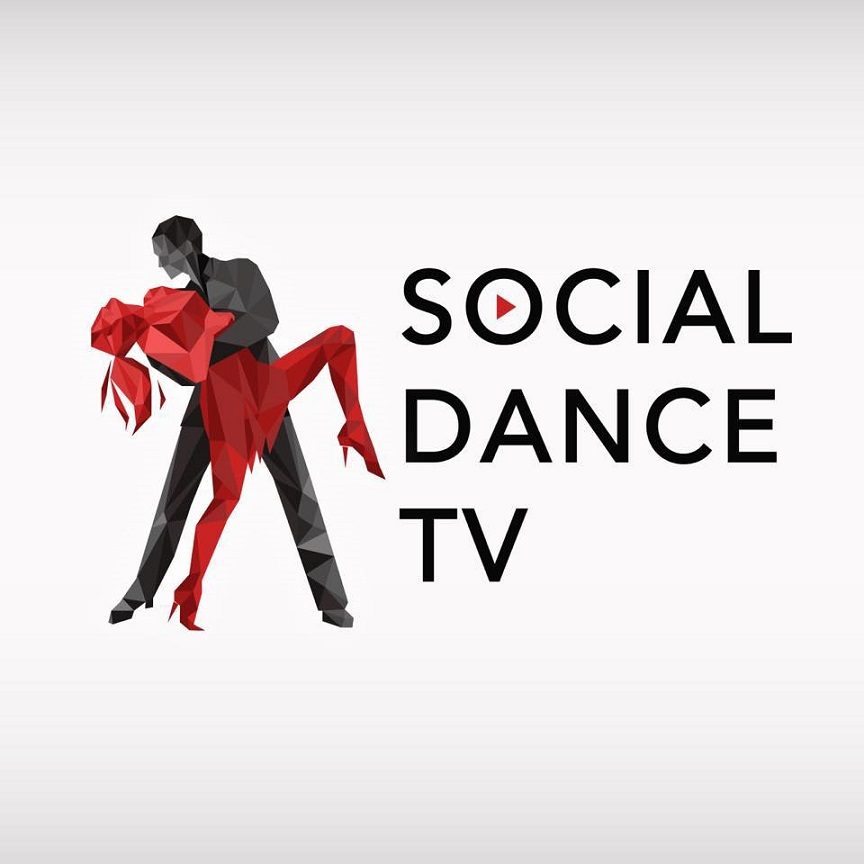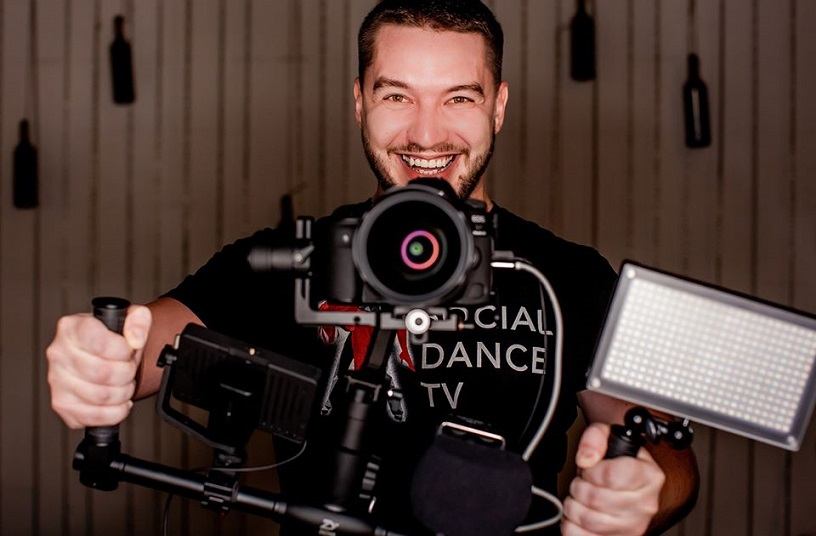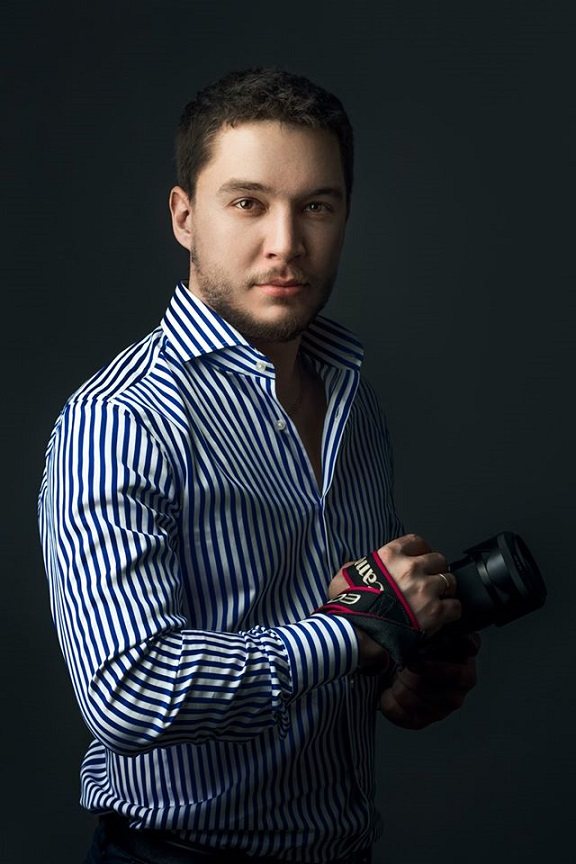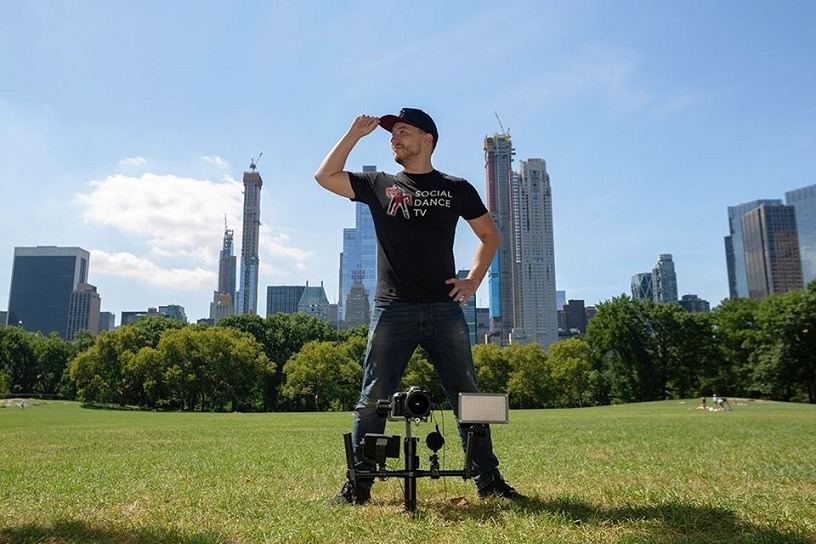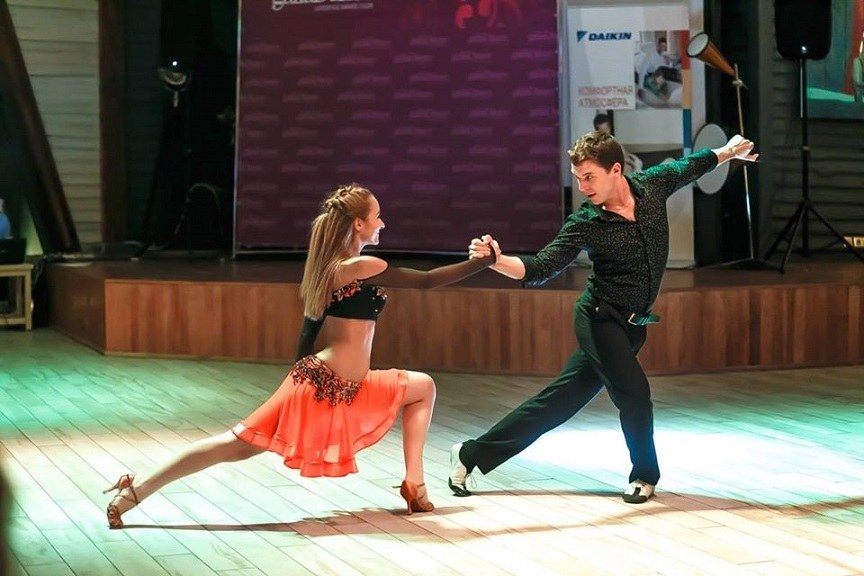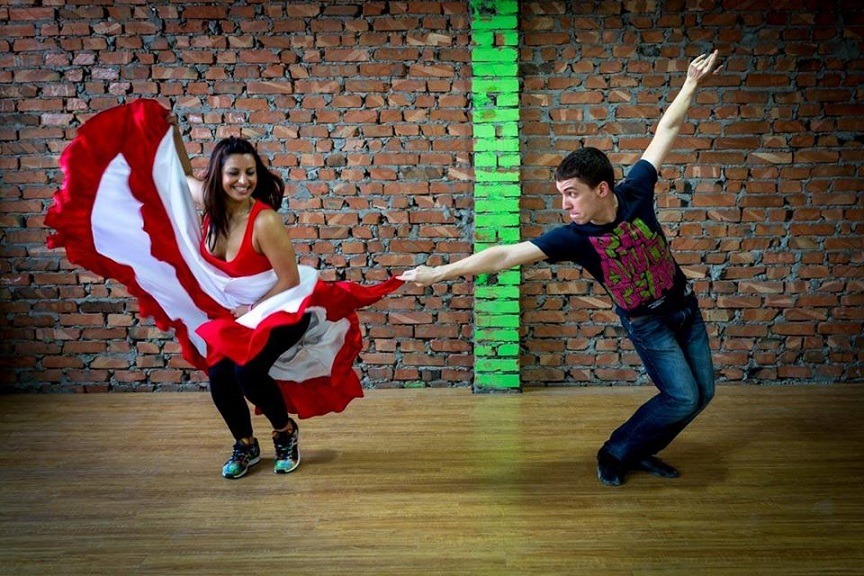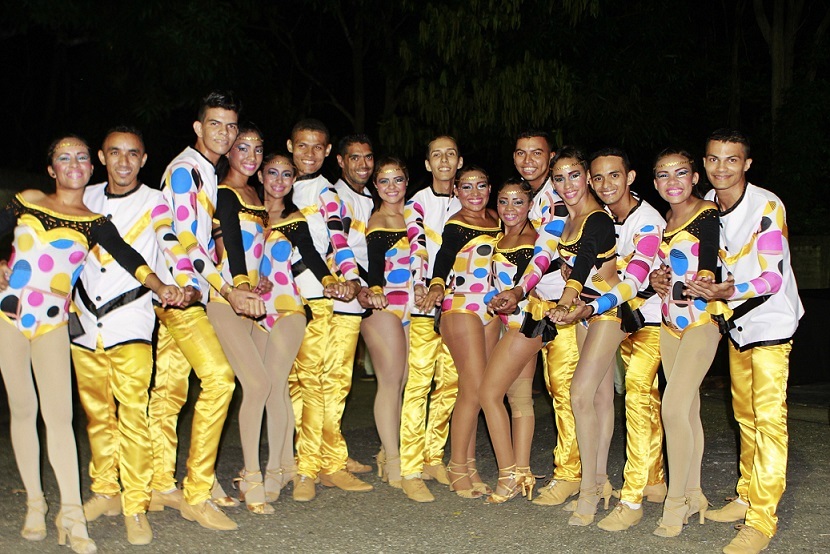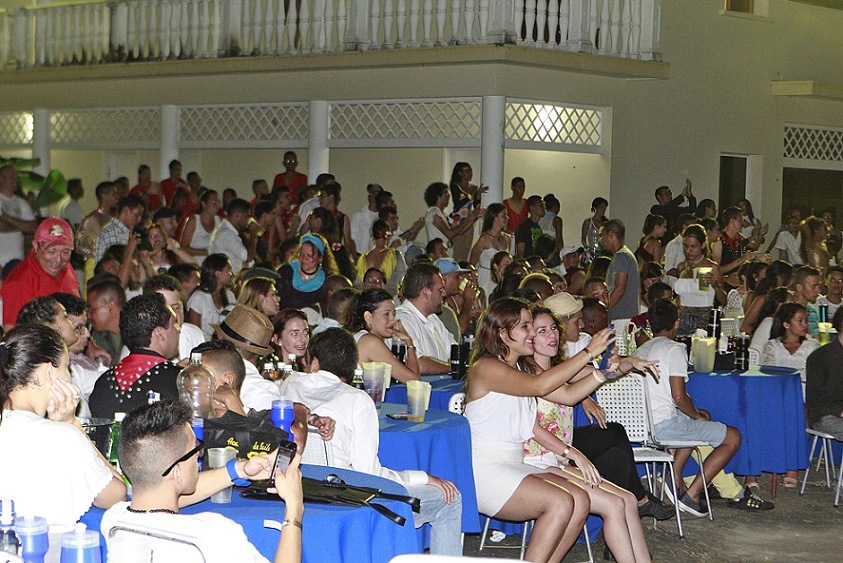What you should know before arriving in Cali
Cali is the capital of the department of Valle del Cauca, located on the Colombian Pacific. Located at 1,018 meters above sea level, its average temperature is 32 degrees, with a dry climate for most of the year.
The climate of the city is hot most of the day, so it is advisable to wear fresh clothing and elements to protect yourself from the sun.
The city is one of the main economic and industrial centers of Colombia, in addition to being the main urban, cultural, economic, industrial and agrarian center in the southwest of the country and the third nationally.

The number of inhabitants according to the result of the last census is 2,420,013 inhabitants, which makes it the third most populous city in the country.
The Alfonso Bonilla Aragón International Airport is located just 35 minutes from the city center.
Salsa is the musical genre that is most listened to in the city; but there are places for all kinds of musical tastes.
The dancers from Cali are recognized for the speed of their movements and there are academies where classes are taught for tourists.
Aguardiente is the typical drink of the region. To consume it, it is recommended to eat first and hydrate well.
A variety of beers, local rum and imported spirits are also available.
It is essential to try the local delicacies: Lulada, marranitas, pandebonos, cholados, chontaduros and shampoos.
If you arrive in Cali at the time of the Fair, it is best that you prepare to live six of the best days of your entire life; where the music, the dance, the gastronomy and the warmth of the Caleños will make you fall in love with this city which they call “La Sucursal del Cielo”.
Cali has a massive transportation system called MIO, which has routes designed to cover the entire city; but you can also get around in taxis. The minimum race has a cost of $4,700. ($1.5)
Places to visit in Cali:
1. Calima Gold Museum
It is an archaeological museum dedicated to the Calima culture located in the historic center of Cali.
2. Boulevard of Colombia Avenue
Also known as the River Boulevard for being located on the banks of the Cali River.
It is a boulevard located in the historic center of the city, in whose surroundings are the Ermita Church, the Coltabaco Building (architectural heritage), the Municipal Administrative Center, CAM; the Puente España, the Jorge Isaacs Theater, among others.
This pedestrian space has become one of the most visited sectors of the city due to its traveling art shows.
3. The Tertulia Museum
It is a museum of modern art and has the most important collection of works on paper in the country.
4. Alameda Park
It is a space for family integration that has become a great cluster of gastronomy, music and dance.
5. Caliwood Museum of Cinematography
It stands out for its emblematic collection of cinematographic, photographic and phonographic devices, which show the evolution of the filming and film exhibition equipment used in Colombia.
6. La Merced Religious Complex
Religious complex located in the place of foundation of the city of Santiago de Cali.
It is made up of the main nave of the church dedicated to Our Lady of Mercy (patron saint of the city), the auxiliary chapels dedicated to Our Lady of Remedies and the Lateran Christ, the religious convent, the museum of religious art and the archaeological museum.
7. Pance River and Health Park
It is one of the most frequented natural places by the inhabitants of Cali.
From the town of Pance to the area known as the Vorágine there are a good number of restaurants and recreational parks.
8. Sebastian de Belalcázar viewpoint
It has a monument that pays homage to the conqueror Sebastián de Belalcázar, who founded the city in 1536.
9. San Antonio neighborhood
Its richness lies in its urban landscape and in the daily expression of its inhabitants, custodians of the oral traditions that gave the city its identity.
It is the cradle of a varied gastronomic offer and fashion shops, as well as religious devotion and the sweet tradition of flower pots on the last weekend of June when the Flower Pot Festival is celebrated.
10. Christ the King
It is the monument that dominates and protects the city with open arms. It is 26 meters high and is located on Cerro Los Cristales.
11. Granada and El Peñon
These neighborhoods are renowned for their hotels, shops, restaurants, bars and nightclubs, with something for everyone.
12. The Cat of the River
It is one of the sculptural works of different artists located on the banks of the Cali River.
The Cat is the work of Hernando Tejada. A series of complementary sculptures can also be found accompanying the cat, called Las Novias del Gato.
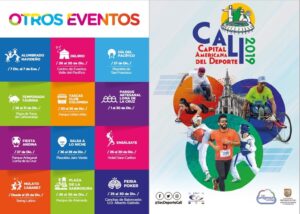
Events to return to Cali
Macetas festival
It is part of a local tradition that celebrates the bond between godparents and godchildren. Every year, during the last days of June, cultural activities, exhibitions and sales of pots, made with sugar candies, are held.
Dance Biennale
It is a festival dedicated to the music of Pacific folklore that takes place in the month of August. It seeks to highlight composers, musical groups and music researchers of Afro-Colombian origin. Gastronomy, clothing and handicrafts are some of the components of this multicultural meeting.

Petronio Álvarez Pacific Music Festival
Event that aims to stage theater shows at a local, national and international level, during the month of October.
World Salsa Festival
National and international companies arrive in the dance capital in November to show the country the best of contemporary, urban and folkloric expression.
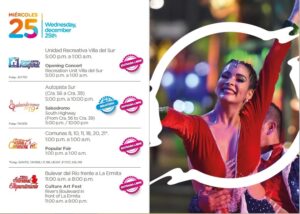
Cali International Theater Festival
It takes place in Cali every year in the month of September and recognized orchestras and all the salsa schools in the city participate, accompanied by dance academies from other cities and abroad that are represented by around 5,000 dancers.
During the festival, workshops, talks and academic meetings are held around salsa.
Cali Exposhow
It is the most important beauty, health and fashion event in Colombia, it takes place annually in the month of October and brings together important local and international designers and exhibitors.
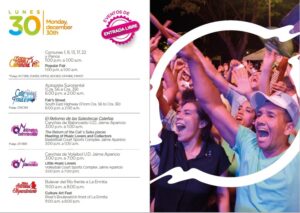
- Information: https://feriadecali.com.co/sobre-cali



